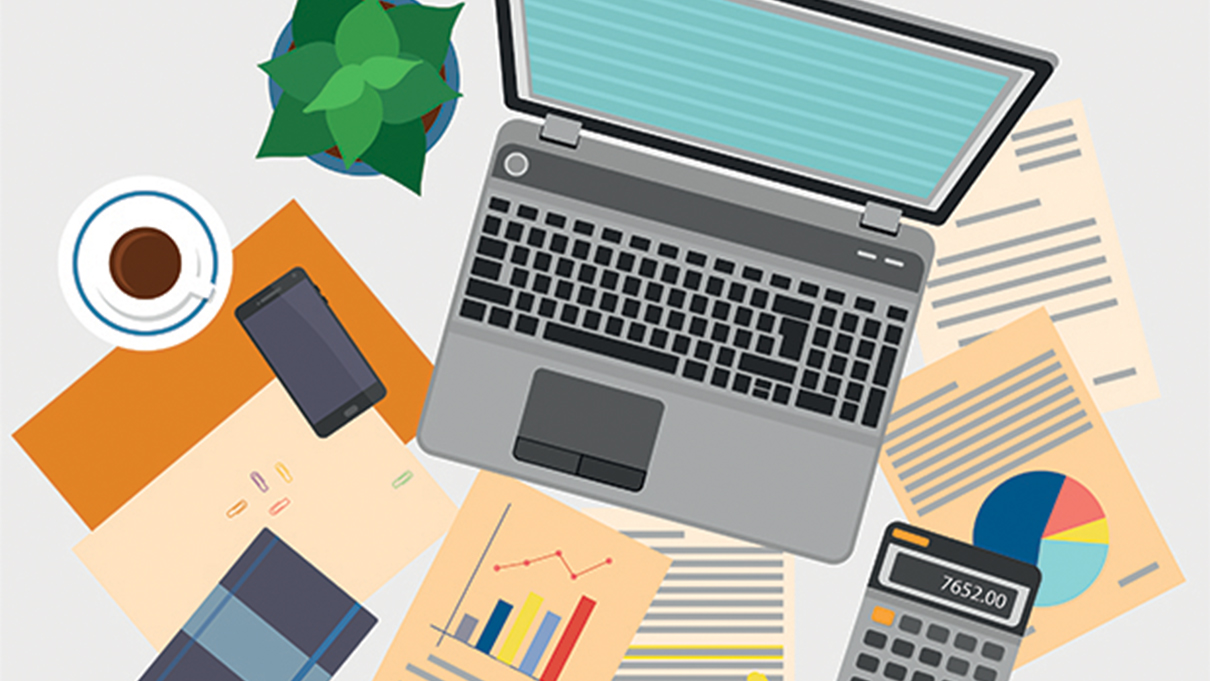Quick Steps to Creating a Budget


There is a common misconception about budgets only being for people going through financial difficulties. The truth is that a well-planned budget is one of the best ways to help you reach your financial goals and live the lifestyle of your dreams. The good news is that preparing and sticking to a budget isn't as difficult as it sounds. Here is a step-by-step guide to creating a budget and finding some extra cash each month.
Step 1: What is Your Take-Home Pay?
Too many people make the mistake of creating a budget based on their total salary when this is not the amount of money you will have to cover expenses. Your take-home pay, or net income, is the money that you have left each month after taxes and deductions for things such as medical insurance, Social Security, and 401(k) contributions. Use your net income for all budget calculations.
Step 2: Track Your Spending
It's useful to identify the places that you are spending the most money each month so that you can budget properly and even think about making some adjustments later. You can separate your expenditures into fixed and variable expenses.
Your fixed expenses are things that remain the same from month to month such as rent, car payments, and some utilities. Variable expenses change, and these include gas, groceries, and money for entertainment. Review bank and credit card statements to create these lists.
Step 3: Establish Some Goals
When you create a budget, it helps to have some financial goals. These are both short and long-term targets for your monthly spending and savings. The kinds of things that you might want to include in your goals are contributing more to an emergency savings account, starting a college savings fund for your children, or saving money for a home mortgage down payment.
Step 4: Create a Plan
You can begin to put your plan into action by paying closer attention to the way you spend each dollar. It's also important that you take some steps to move forward with some of your goals. For example, if you want to establish an emergency fund or save for a new home, now is the time to open a savings account and set up an automatic deposit after each payday. The idea of "paying yourself first" gets put into action here.
Step 5: Adjust Your Spending
Use the list of fixed and variable expenses that you've made to figure out your future spending. Your past spending is the best predictor of future spending, but you can make changes. For example, you can categorize some of your expenses between "needs" and "wants." There may be some "wants," such as your morning latte, that you can eliminate so that you can meet your goals.
Step 6: Continue to Evaluate
A budget isn't a one and done process. You should plan on reviewing your budget regularly to make sure that you are on track and to see if there are any other ways that you can improve your financial position. As with most things in life, circumstances change. You may switch jobs, get a raise, or move to a more expensive apartment, all of which require that you adjust your plan.
If you haven't done it before, starting a budget can be a challenge. At City Bank we’ve reimagined the online banking experience to bring you more capability and insight into your day-to-day financial management with some exciting new tools. Online Banking is the free, secure way to manage your finances online from any web-enabled device from anywhere you have access to the Internet. Once you have your budget in place and the financial tools to succeed established, you will find it easier to reach your goals.
Contact City Bank now to learn about our feature-rich checking and savings accounts as well as our other competitive financial tools.

